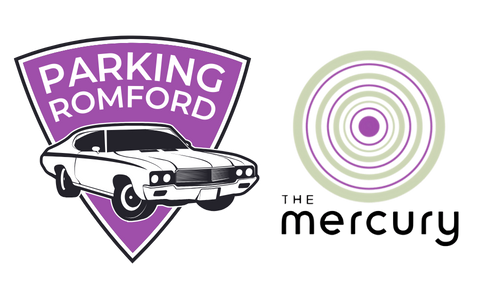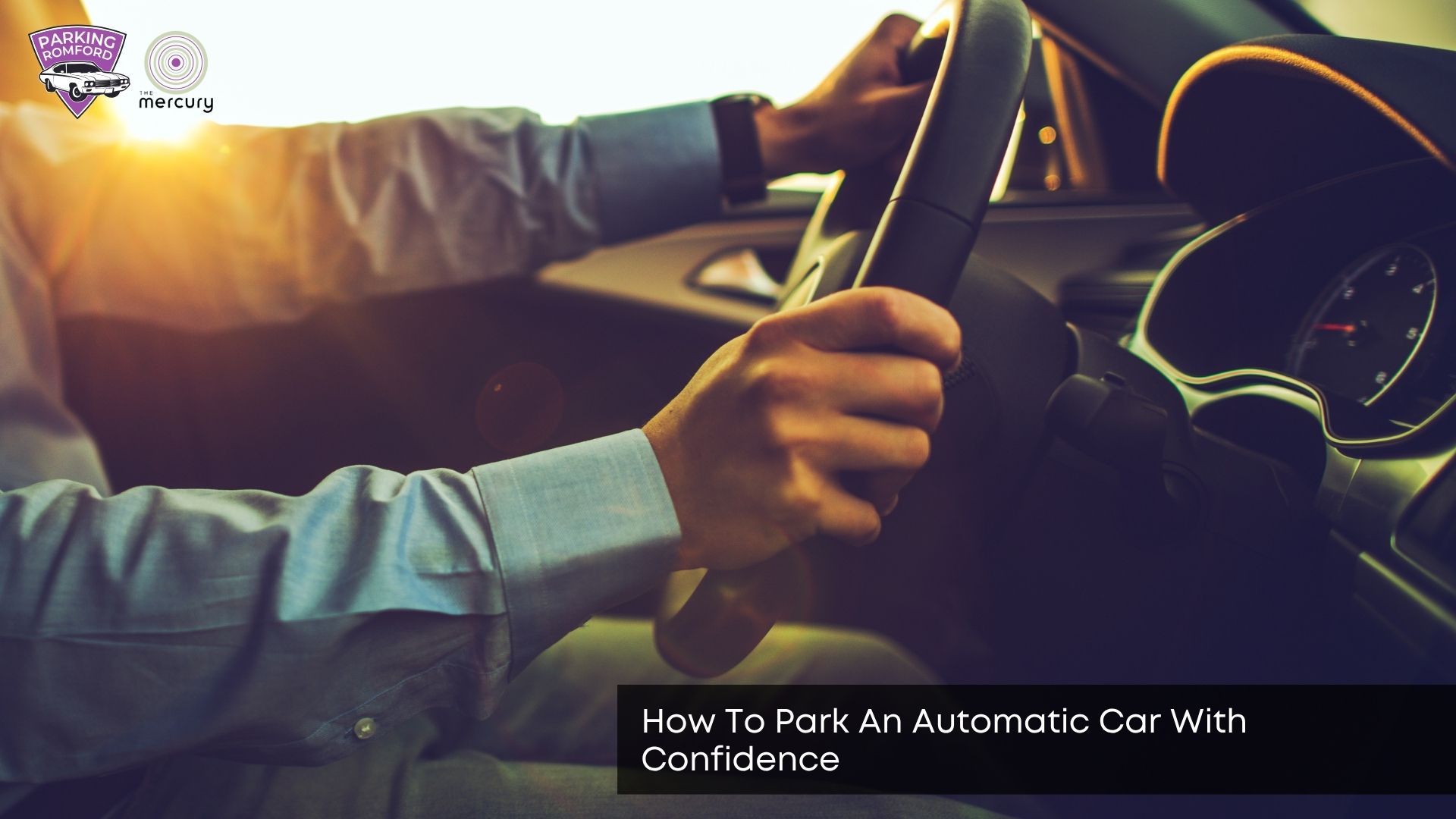Learning how to park an automatic car with confidence can make every journey easier. Unlike manual cars, automatic vehicles handle gear changes for you, which simplifies the parking process. Still, many drivers find parking stressful, especially in tight spots or crowded parking areas. This guide will show you simple steps and tips to park smoothly and safely. Let’s begin with understanding how parking differs in automatic cars.
What Makes an Automatic Car Different?
Parking an automatic car is easier because you don’t need to use a clutch or manually change gears. You move the gear lever into ‘Drive’, ‘Reverse’ or ‘Park’. This means your focus can stay on your surroundings and steering. The smoother transition between gears helps when lining up your car in a space. With fewer steps involved, parking becomes quicker and less tiring. But to park with ease, you’ll also need to understand what the gear options mean.
What Do the Gear Settings Mean for Parking?
In an automatic car, the main settings are ‘P’ for Park, ‘R’ for Reverse, ‘N’ for Neutral, and ‘D’ for Drive. When parking, you typically use ‘R’ to back into a space and ‘P’ to secure the car once it has stopped. ‘N’ is rarely needed unless the car is being towed or pushed. Always apply the handbrake before switching to ‘P’ to prevent the vehicle from rolling. Once the gears are familiar, it’s time to look at the steps for different parking types.
How Do You Parallel Park an Automatic Car?
To parallel park an automatic car, start by pulling up alongside the car in front of the space. Shift into ‘R’ and slowly reverse while turning the wheel to angle your car into the space. Straighten up as your car aligns with the kerb. Use your mirrors and, if available, your reverse camera to stay aware of your surroundings. Once in position, shift to ‘P’ and apply the handbrake. This same control is also helpful when handling reverse bays.
How Do You Reverse Into a Bay Confidently?
To reverse into a bay, position your car slightly ahead of the space and turn the wheel in the direction of the bay while slowly backing up. Keep an eye on the lines using your side mirrors and check over your shoulder. Move slowly so you have time to adjust. Most automatic cars make it easier to reverse smoothly because there’s no clutch to balance. For extra help, many drivers also use parking sensors or a rear-view camera.
Should You Use Parking Sensors or Cameras?
Yes. Parking sensors and cameras are very useful for parking an automatic car confidently. Sensors alert you with sounds when you’re close to an object, helping you avoid bumps. Cameras show the area behind or around your car, allowing you to see blind spots. These tools are especially helpful in tight urban parking spaces or when reversing into narrow areas. With extra visibility, it becomes easier to make final adjustments to your position in short-stay spaces.
How Do You Park on a Slope Safely?
When parking on a slope, always use the handbrake before shifting to ‘P’ to stop the car from rolling. If you’re facing downhill, turn the wheels towards the kerb; if uphill and there’s a kerb, turn them away. This ensures the car will roll into the kerb if the brakes fail. Automatic cars have strong braking systems, but it’s still wise to follow best practices for slope parking. Once you’re safe on a hill, it helps to finish up properly.
What Final Steps Should You Take Before Leaving the Car?
After you’ve positioned your car, press the brake firmly, shift to ‘P’, and apply the handbrake. Check that all windows are closed and your lights are off. If you’re in a public car park, confirm that you’ve paid or registered your parking time. Always take valuables with you or hide them from sight. You may also want to know what to do in private parking disputes if someone blocks your space. With the basics done, the last thing to build is your confidence in doing it every time.
Final Word: How to Make Parking an Automatic Car Second Nature
The more you practise parking your automatic car, the more natural it will feel. Start with quiet car parks to build your skill and use mirrors, sensors and cameras when available. Stay calm, move slowly and take your time to correct mistakes. Each small success helps you feel more confident. Over time, parking will become just another easy part of driving. Always take valuables with you or hide them from sight. You may also want to know what to do in private parking disputes if someone blocks your space.


Leave a Reply